|
Last year my palate fell in love with sparkling wines from Tasmania. I was so impressed with these wines that I immediately sat down and wrote a story about House of Arras and Stefano Lubiana Wines, two well-known estates in Tasmania. You can read my story at http://thewineknitter.com/1/post/2017/12/day-618-tasmanias-sparkling-wines.html As I began writing this story, I was informed that Ed Carr, winemaker for House of Arras was just awarded a Lifetime Achievement Award at the Champagne & Sparkling Wine World Championships of 2018! Carr was the only non-champenois to receive this acknowledgment! In addition to Carr, there were eight other recipients, including such legends as Thierry Gasco of Champagne Pommery, Jean-Paul Gandon of Champagne Lanson, Hervé Deschamps of Maison Perrier-Jouet, Richard Geoffroy of Champagne Dom Perignon, Loïc Dupont of Champagne Taittinger, and François Domi of Champagne Billecart-Salmon. It was a very proud moment for Tasmania to be in such esteemed company on a global stage and it is quite a testament to Tasmanian sparkling wine! Champagne has been a special focus of Tyson Stelzer for the past eight years. In addition to organizing events and tours, Tyson is writing his sixth edition of The Champagne Guide. He is also author and publisher of numerous wine books and a contributor to many wine magazines. So, when I received an invitation from Tyson to attend the Tasmanian Pinot Noir, Chardonnay & Sparkling Showcase in New York this past month, I was very excited. Available to taste were wines ranging from famous estates to the smallest boutiques including wines that are available in the U.S. and those seeking an importer. Although I sampled many interesting and expressive Pinot Noirs and Chardonnays at the showcase, my focus today is on the sparkling wines. To gain a better understanding of these sparkling wines, let’s do a quick review taken from my previous story on Tasmania. Tasmania is an island located 150 miles to the south of Australia’s mainland. Although it is separated by the Bass Strait, Tasmania is a part of Australia. There are seven wine regions throughout Tasmania with Tamar Valley being the oldest and largest wine district here. These wine regions enjoy a maritime climate and are sheltered from rainfall and high winds by dolerite-capped mountains that dominate the Tasmanian landscape. With the absence of extreme temperatures, grapes are allowed to ripen slowly on the vine while maintaining natural acidity which in turn helps to give the wine freshness and balance. The soil on the lower slopes of the vineyards is a combination of ancient sandstone, mudstone, river sediment and igneous rocks of volcanic origin that contributes to very aromatic and heightened flavors in the wines. The most common grapes grown in Tasmania are Pinot Noir, Chardonnay, Sauvignon Blanc, Pinot Gris and Riesling. Pinot Noir and Chardonnay are Tasmania’s lead varieties making up more than two-thirds of the state’s wine crop. There are 1800 hectares under vine, 160 licensed wine producers and 230 individual vineyards. I tasted eight sparkling whites and four sparkling rosés at the event and they were all good. I’ve randomly selected only six wines to share for this story due to space and time. Clover Hill Tasmanian Cuvée NV Clover Hill is located in northeast Tasmania in the Pipers Brook region. The cuvée is an assemblage of three vintages and produced according to traditional methods. The wine is aged for at least two years on lees. This is a delicate wine with fine and persistent bubbles and a creamy texture. The palate offers notes of citrus, stone fruit and toast. Alcohol: 12.5% SRP: $29.99 Nocton Estate Sparkling NV Nocton Vineyard is located in the Coal River Valley region of southern Tasmania. The vines are planted in 200 million-year-old layered soils of Jurassic black crackling clays over limestone. The wine is made according to traditional methods and aged more than 2 years on lees. Fine bubbles, bright acidity and a lovely palate of mandarin, brioche and hints of red fruit ends in a long finish. Alcohol: 12.5% SRP: $40 Delamere Blanc De Blanc 2012 Delamere Vineyards is located in the region of Pipers River in northeast Tasmania. Vines are planted on rich ironstone soils. The wine is made according to traditional methods and aged 5 years on lees. This is a lovely wine with a creamy mousse, balanced acidity and flavors of citrus, floral, red fruit and hints of baked bread adding to its complexity. They are looking for importers & distributors. Alcohol: 12% SRP: $65 (in Australia) Jansz Tasmania Vintage Cuvée 2013 Jansz is located in the region of Pipers River in northeast Tasmania. Hand-harvested from a single vineyard. The wine is made according to traditional methods and aged close to 4 years on lees. The wine presented with fine bubbles and a creamy texture. The palate is layered with lemon zest, white flowers, strawberries and hints of minerality and hazelnuts. Alcohol: 12.5% SRP: $49.99 Clover Hill Tasmanian Cuvée Rosé NV is made according to traditional methods. It is a blend of 53% Chardonnay, 42% Pinot Noir and 5% Meunier. The wine is aged for at least two years on lees. Soft aromas of strawberries and light fruit segue onto the palate with a fine mousse and hints of sweet spice and brioche. Alcohol: 12.5% SRP: 29.99 Apogee Vintage Deluxe Rosé Sparkling 2014 Apogee is located in northern Tasmania in the Pipers River region. They produce only single vineyard wines. This rosé is a blend of 88% Pinot Noir and 12% Chardonnay. The wine spent, on average, 30 months on lees. This was the sweetest of the rosés that I tasted, but it was still dry. In addition to a fine mousse, the palate was rich with floral, strawberry, cherry, hints of salinity and spice. It was fresh and balanced with lively acidity and expressive of the terroir. Alcohol: 12.5% SRP: $98 All the sparkling wines that I tasted at this event were elegant and expressive of the terroir. The quality of these sparkling wines and reasonable price point has the wine world paying attention to Tasmania and Champagne is sitting up and listening. To quote Tyson, “Australia’s isolated, cool, southerly island state of Tasmania is privileged to a marginal and challenging climate well suited to premium wine growing. Across my tastings this year, Tasmania has again confidently reaffirmed its place as Australia’s sparkling capital and a leader in cool climate still wines.” He further said, “The wines of Tasmania have come of age in their recognition and success domestically in recent years, and it’s time for Tasmania to unveil its benchmarks on the world stage.” The next time you’re perusing the bubbly aisle of a wine store, I encourage you to pick up a bottle of Tasmanian sparkling wine. You will be more than pleasantly surprised! Until next time…
Cheers! Penina To leave a comment or if you have an inquiry, please contact me at [email protected] Sparkling wines are produced worldwide. And I have been fortunate to sample some excellent wines from unusual places. For instance, last year I received a few bottles of sparkling wine from England. I must admit that I was quite dubious about the source prior to tasting them. However, the wines were amazing! You can read my story at http://thewineknitter.com/1/post/2016/12/day-539-england.html When a few bottles of sparkling wine were delivered to me a few weeks ago from Tasmania, I knew that I was in for a treat. Tasmania is known for its fertile land and cool climate, which is conducive for growing grapes. And it has become a popular wine-growing region, spreading its good cheer globally. Tasmania is an island located 150 miles to the south of Australia’s mainland. Although it is separated by the Bass Strait, Tasmania is a part of Australia. The wine regions enjoy a maritime climate and are sheltered from rainfall and high winds by dolerite-capped mountains that dominate the Tasmanian landscape. With the absence of extreme temperatures, grapes are allowed to ripen slowly on the vine while maintaining natural acidity which in turn helps to give the wine freshness and balance. The soil on the lower slopes of the vineyards is a combination of ancient sandstone, mudstone, river sediment and igneous rocks of volcanic origin that contribute to very aromatic and heightened flavors in the wines. The most common grapes grown in Tasmania are Pinot Noir, Chardonnay, Sauvignon Blanc, Pinot Gris and Riesling. There are 1800 hectares under vine, 160 licensed wine producers and 230 individual vineyards. Australia’s finest sparkling wines come from Tasmania. And with ideal growing conditions for producing sparkling wine, it dares to challenge Champagne. House of Arras is led by Australia’s most awarded sparkling winemaker, Ed Carr. Out of 34 years in the wine industry, Carr has devoted 27 years to sparkling wine production. He believed that Tasmania had the potential for producing Australia’s best sparkling wine due to its fruit resources. And so, in 1995 the company made the decision to produce Tasmanian prestige cuvée. In 2002, the first vintage of the 1998 Arras was released, made from 100% Tasmanian fruit. Arras sources Pinot Noir and Chardonnay grapes from top vineyards in southern Tasmania and the southeast coast. The 2003 House of Arras EJ Carr Late Disgorged Sparkling is a beautiful blend of Pinot Noir and Chardonnay. It spent 12 years on lees and 28 months under cork. It was disgorged in June 2015 and is bottle 0384 of 2200. The color is vivid yellow with fine bubbles. The nose offers soft citrus, honey, bread dough and a hint of almond that opens up to a wine that is delicately elegant and full of richness on the palate. The texture is creamy with hints of brioche, citrus and honey. This is an exquisite and refined sparkling wine! Visit their website to find out how to order these delicious wines. http://houseofarras.com.au/ SRP $140 Alcohol: 12.5% 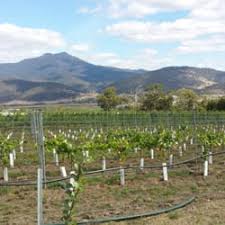 Image is courtesy of Stefano Lubiana Winery Image is courtesy of Stefano Lubiana Winery Stefano Lubiana Wines is led by Stefano (Steve) Lubiana, a fifth- generation winemaker. The family biodynamic vineyards, which were established in 1990, are located at the foothills of the Derwent River estuary and consist mainly of Pinot Noir and Chardonnay grapes. The first sparkling wines were produced in 1993. Stefano Lubiana NV Brut Reserve is a multi-vintage blend of Chardonnay and Pinot Noir made in the traditional method using a combination of oak and stainless steel during fermentation. The wine spends 22 months of aging on lees in the bottle that contribute to the depth and character of the wine. The color is straw yellow with fine bubbles and a smooth texture. Aromas of fresh citrus, floral and nuts segue onto the palate with toast, spice and a hint of lemon zest on the finish. This is a crisp and beautifully balanced wine. Use this link to order direct from the winery. https;//slw.com.au/ SRP: $38 Alcohol: 12.5% The sparkling wines of Tasmania are expressive and impressive! And since I don’t see a trip planned to Tasmania in my foreseeable future, I look forward to the day when Tasmania’s sparkling wines are available within driving distance of my house! Hurry up Tasmania…we’re waiting!
|
Categories
All
|

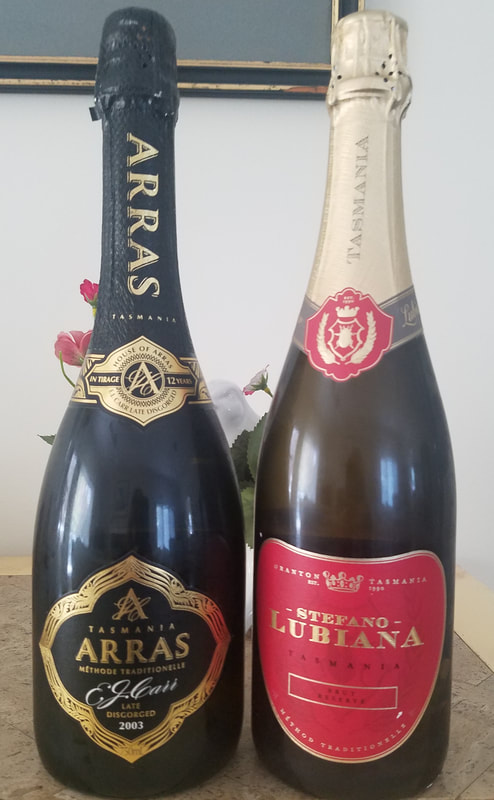

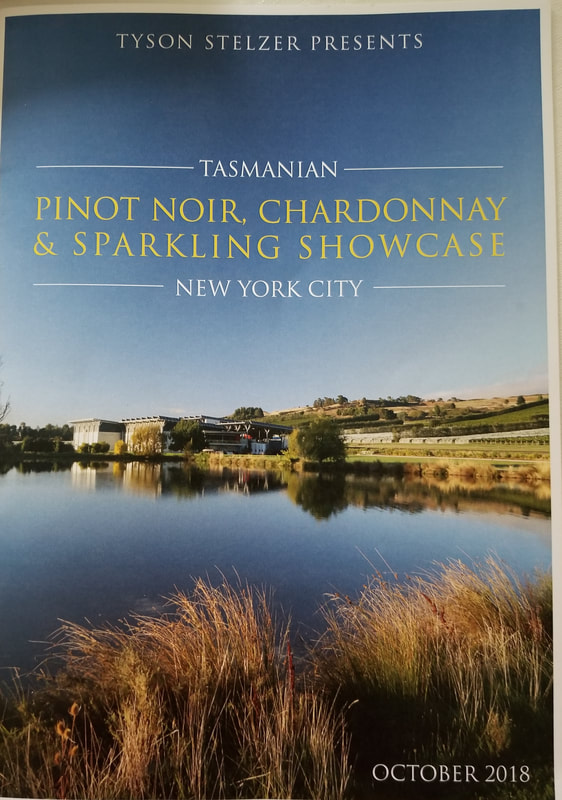
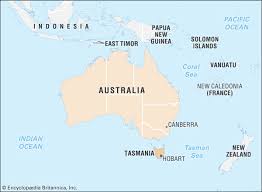
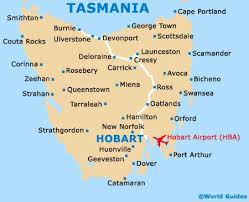
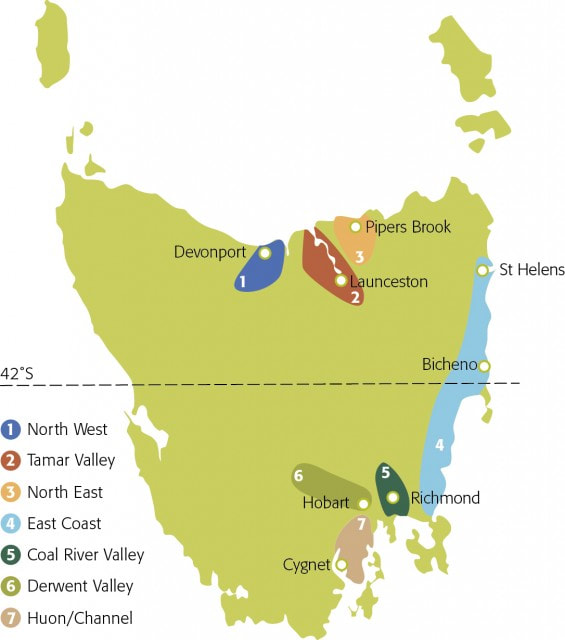
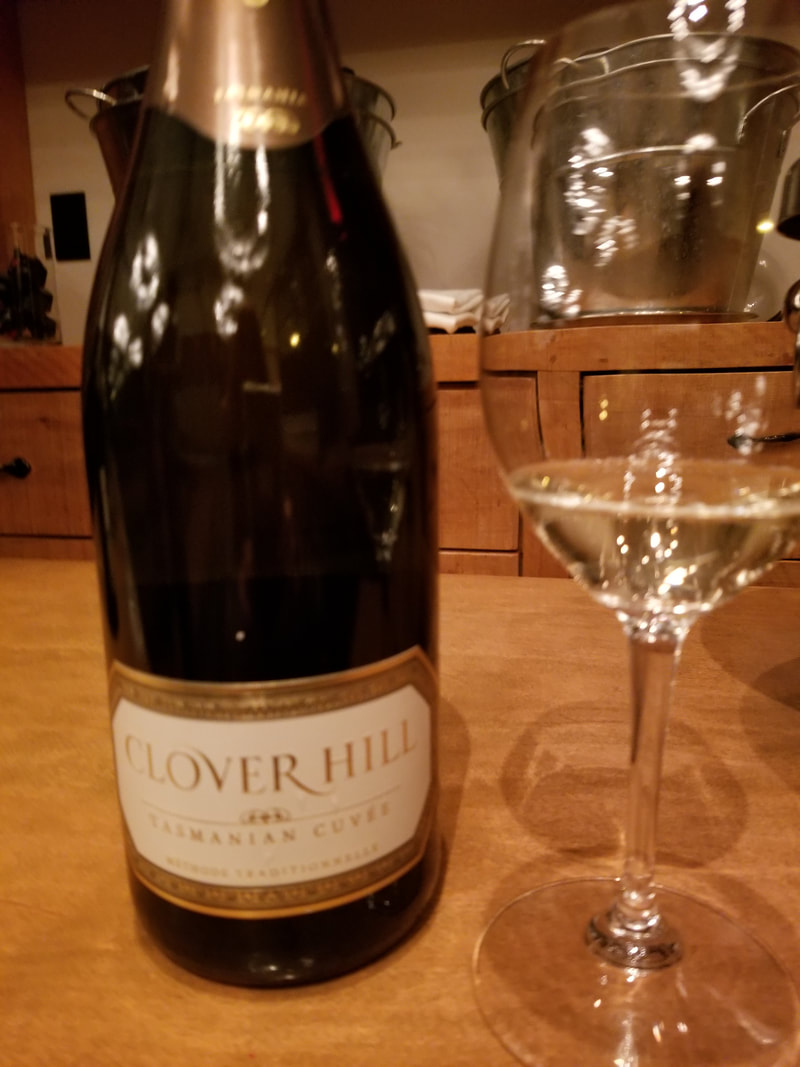
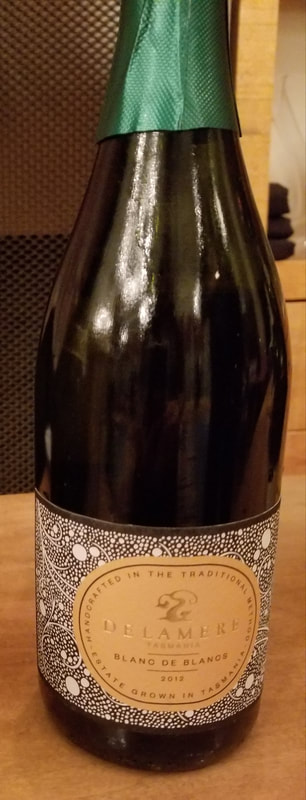
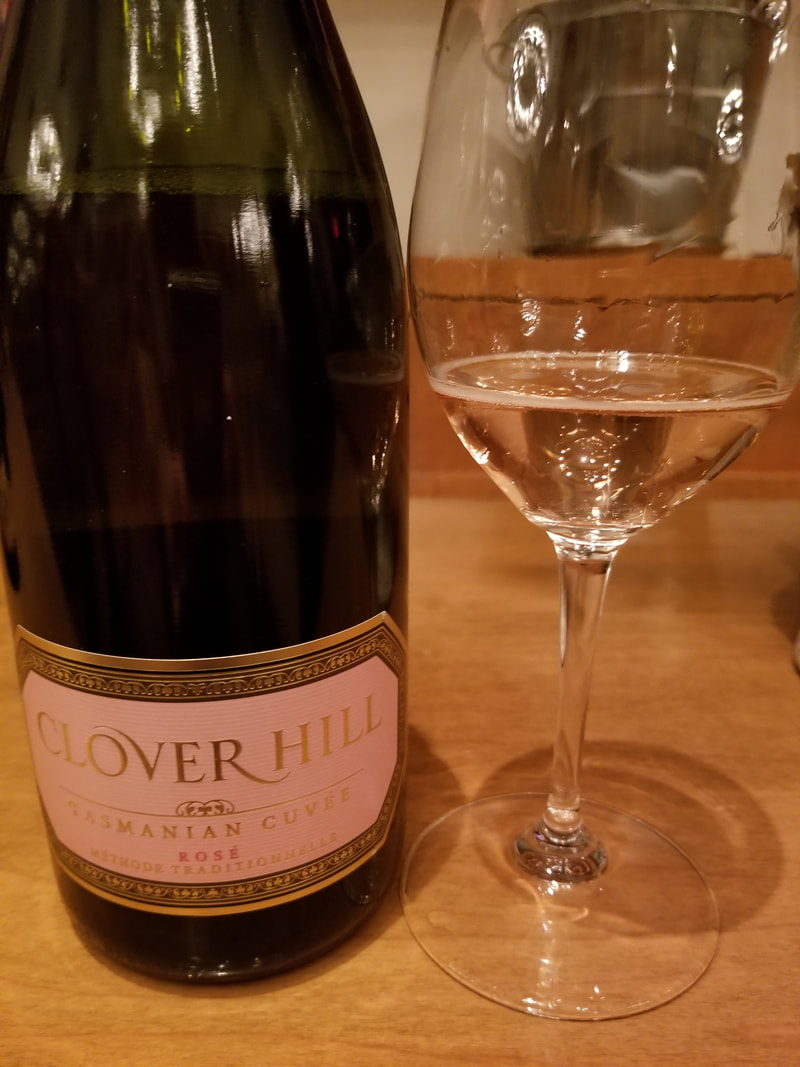
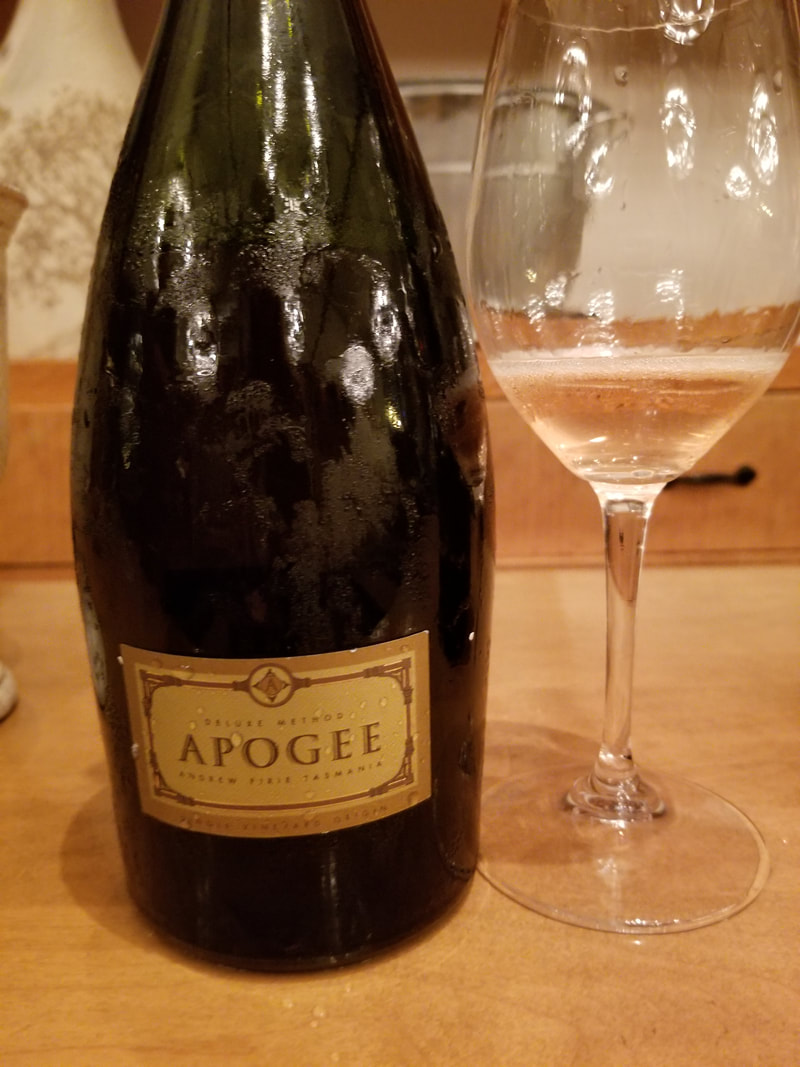
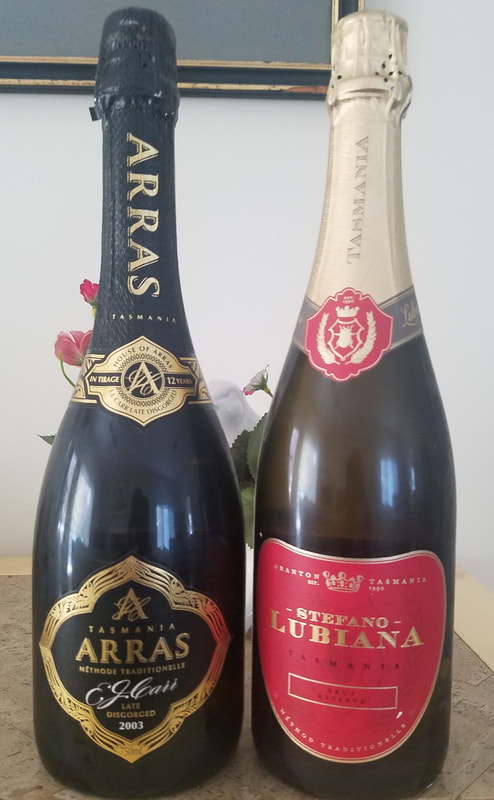
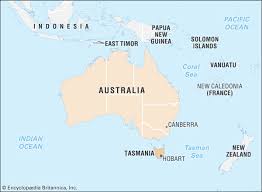
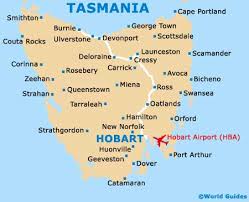
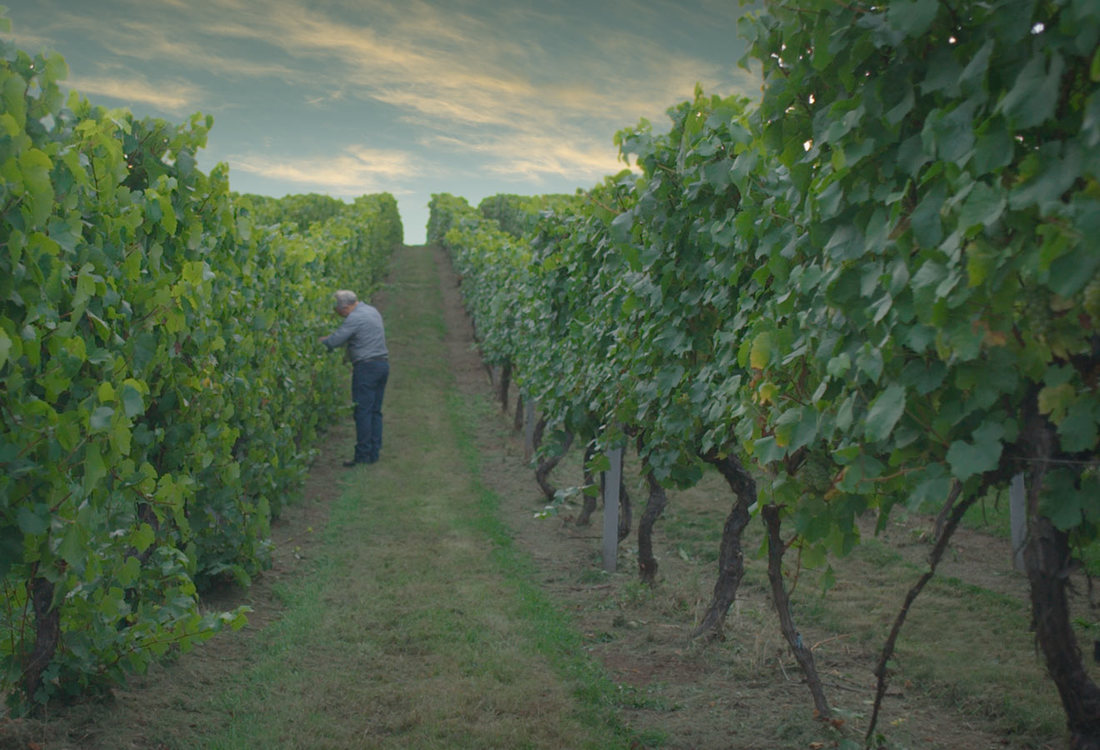

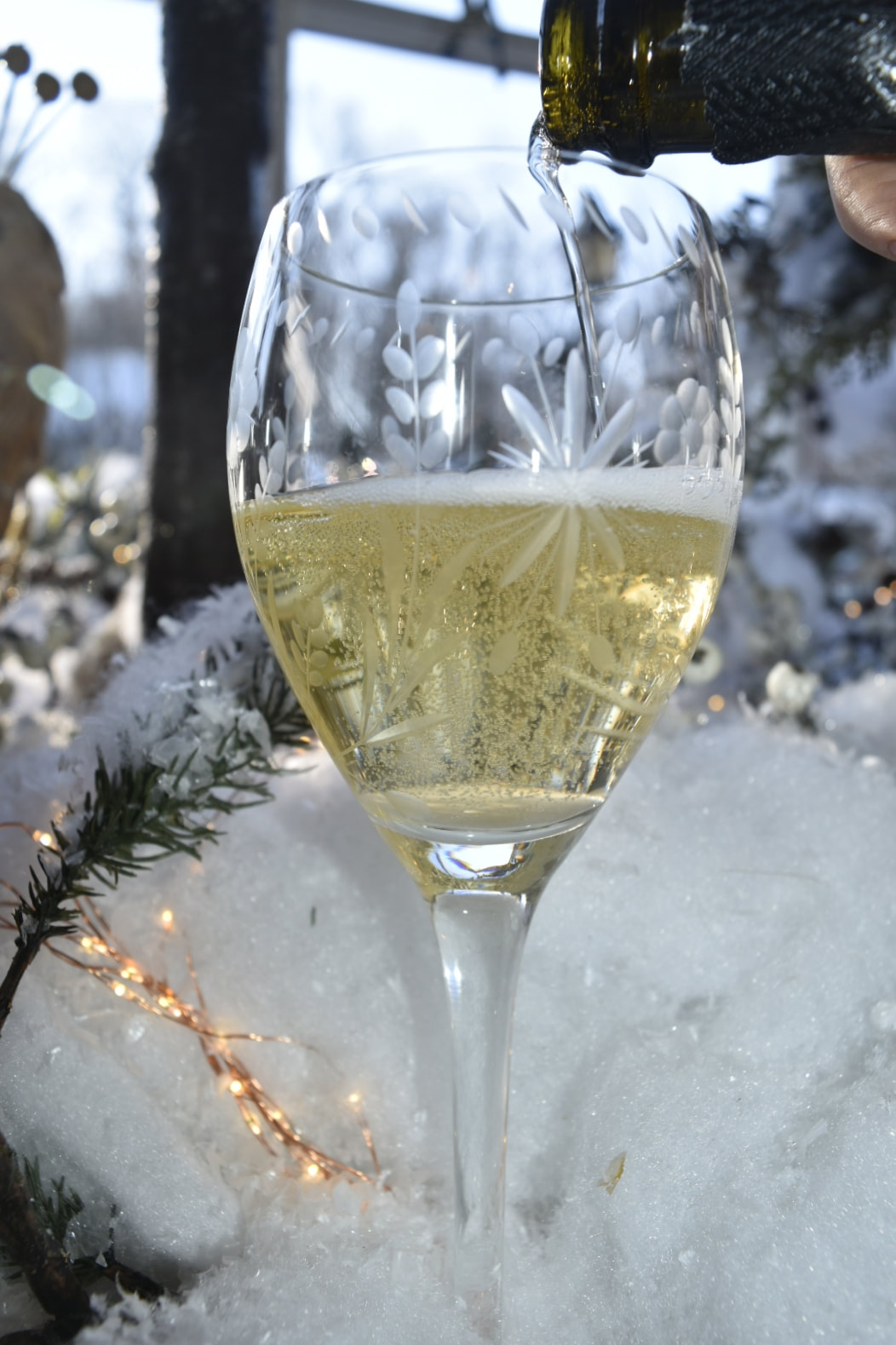
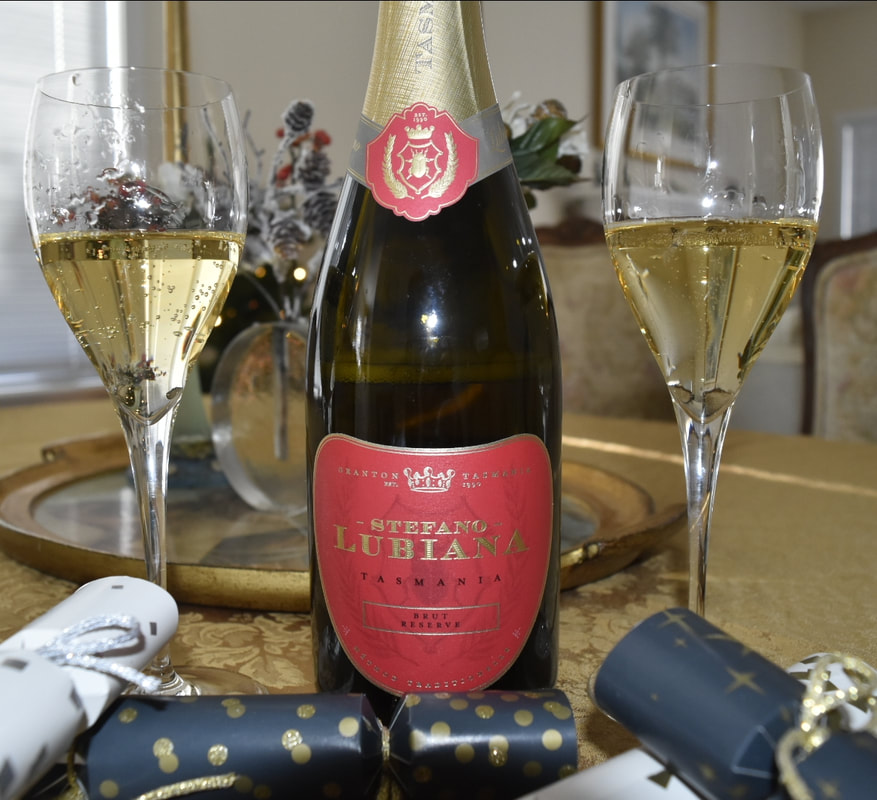
 RSS Feed
RSS Feed